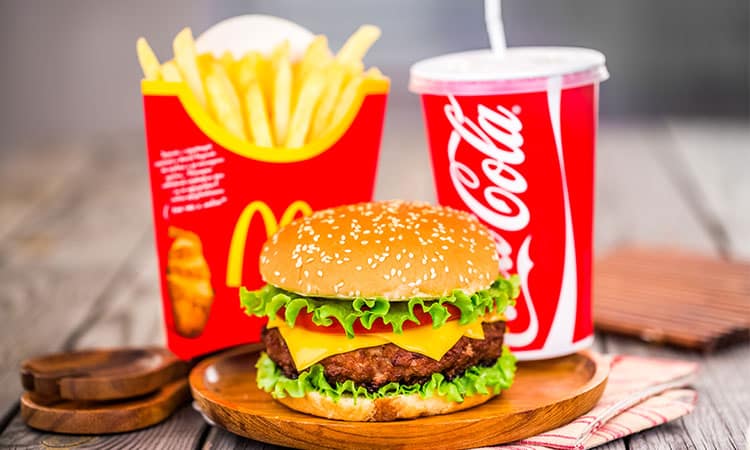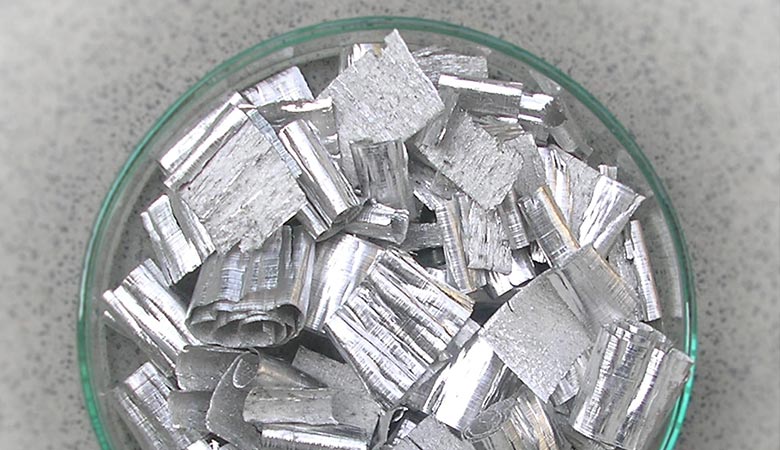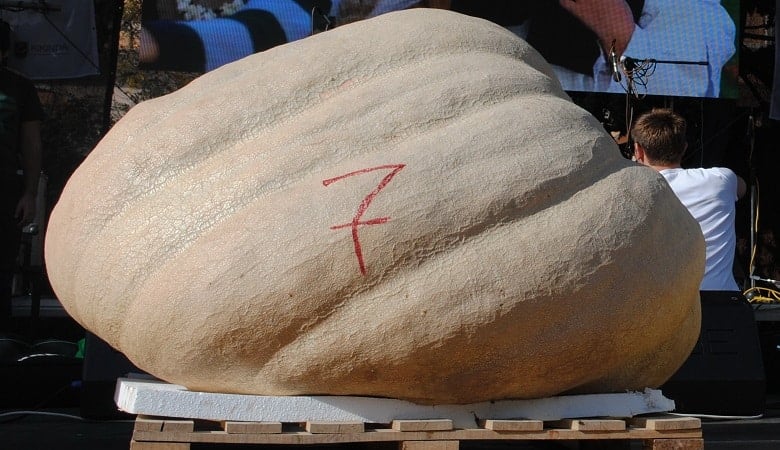Fruits and vegetables will have a wide variety of weights depending on their sizes but typically fall into predictable ranges based on their growth patterns. Getting an idea of the weights of different fruits and vegetables may be helpful when you are shopping, managing food intake, or can just be fun to know!
What are the average weights for fruits and vegetables? We’ve broken down each fruit and vegetable by one unit, giving you the measurements for even a single blueberry or green bean. These values aren’t just fascinating to check out compared to a big watermelon or squash but can give you useful information when at the store or cooking with them.
We’ve created easy to read tables, so you can find your favorite products and their corresponding weights. We also provided you with important information about how you can use these weights to make decisions for your grocery shopping, cooking, and eating.
Average Weights of Fruits (A to Z)
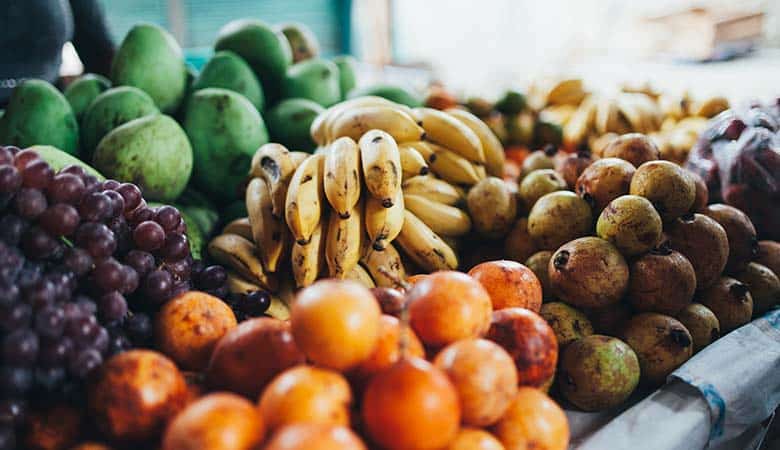
Below are the average weights of fruits for you to look at and compare to others. This measurement includes both imperial (oz and lb.) and metric (grams) values for your convenience. Because fruit size varies, we have taken an average of each, giving you a good idea of what to expect from each fruit.
| Fruit Type | Quantity | Imperial (oz or lb.) | Metric (g or kg) |
| Apple | 1 | 6.8 oz | 195 g |
| Apricot | 1 | 1.2 oz | 35 g |
| Avocado | 1 | 6 oz | 170 g |
| Banana | 1 | 4.2 oz | 120 g |
| Blackberry | 1 | 0.09 oz | 2.45 g |
| Blueberry | 1 | 0.02 oz | 0.5 g |
| Cherries | 1 (with pit) | 0.18 oz | 5 g |
| Coconut | 1 | 1.5 lbs. | 680 g |
| Cranberry | 1 | 0.04 oz | 1.13 g |
| Fig | 1 | 1.76 oz | 50 g |
| Grapefruit | 1 | 8.7 oz | 246 g |
| Grapes | 1 | 0.18 oz | 5 g |
| Guava | 1 | 7 oz | 200 g |
| Jackfruit (Durian) | 1 | 15 lbs. | 6.8 kg |
| Kiwi | 1 | 2.65 oz | 75 g |
| Lemon | 1 | 3.5 oz | 100 g |
| Lime | 1 | 1.7 oz | 50 g |
| Mango | 1 | 7 oz | 200 g |
| Melon (cantaloupe) | 1 | 3 lbs. | 1.36 kg |
| Melon (honeydew) | 1 | 4 lbs. | 1.8 kg |
| Nectarine | 1 | 5.3 oz | 150 g |
| Olives | 1 | 0.18 oz | 5 g |
| Orange | 1 | 4.6 oz | 130 g |
| Papaya | 1 | 1 lb. | 450 g |
| Peach | 1 | 5.3 oz | 150 g |
| Pear | 1 | 6.3 oz | 180 g |
| Pineapple | 1 | 3.5 lbs. | 1.59 kg |
| Plum | 1 | 2.3 oz | 65 g |
| Pomegranate | 1 | 9 oz | 255 g |
| Pumpkin | 1 | 10 lbs. | 4.5 kg |
| Raspberry | 1 | 0.18 oz | 5 g |
| Strawberry | 1 | 0.4 oz | 12 g |
| Watermelon | 1 | 20 lbs. | 9 kg |
Looking at this list of fruits, some of them might stick out as your favorites. Looking at the relationship between weight and nutrition, there are specific fruits that are considered ‘better’ for you than others. This is the measurement of high nutrient values to low calories. The fruits that fell into this category include lemons, strawberries, oranges, limes, and grapefruit.
Based on that study, citrus proves to be rich in vitamins compared to their weight and calories within. It is important to note that weight does not have a direct correlation with the number of calories you take in, as some fruits have much higher caloric values than others. Larger weights typically mean greater overall consumption, which may result in more overall calories.
Average Weights of Vegetables (A to Z)
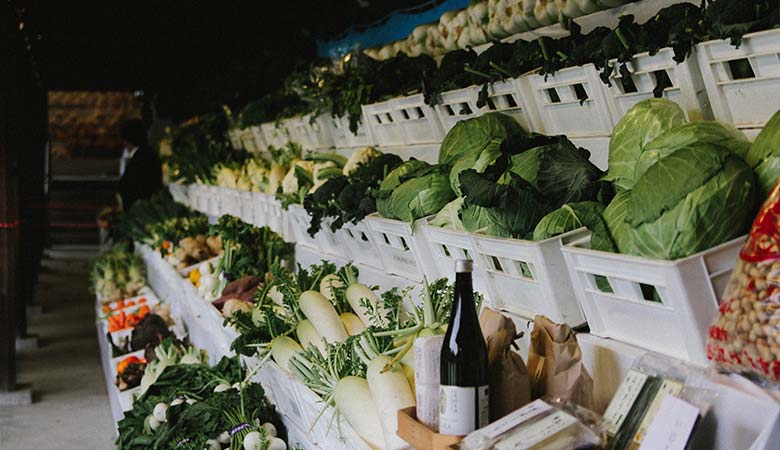
All of the tables display the average weights of vegetables for one unit. This measurement includes both imperial (oz and lb.) and metric (grams) values so you can navigate any store and any packaging. We’ve included additional info about different categories of vegetables as they relate to weight.
| Fruit Type | Quantity | Imperial (oz or lb.) | Metric (grams) |
| Artichoke | 1 | 13 oz | 368 g |
| Asparagus | 1 | 0.8 oz | 22 g |
| Garlic | 1 clove | 0.18 oz | 5 g |
| Green Beans | 1 | 0.18 oz | 5 g |
| Beets | 1 | 4 oz | 113 g |
| Bell Pepper | 1 | 6 oz | 170 g |
| Broccoli | 1 | 8 oz | 225 g |
| Brussel Sprouts | 1 | 0.5 oz | 14 g |
| Cabbage | 1 head | 2 lb. | 9.07 kg. |
| Carrots | 1 | 2.1 oz | 60 g |
| Cauliflower | 1 head | 1.1 lb. | 500 g |
| Celery | 1 stalk | 1 lb. | 450 g |
| Corn | 1 cob | 6.3 oz | 180 g |
| Cucumber | 1 | 8.8 oz | 250 g |
| Kale | 1 bunch | 7 oz | 198 g |
| Lettuce | 1 head | 1.8 lb. | 800 g |
| Mushrooms (white) | 1 | 0.53 oz | 15 g |
| Onion (yellow) | 1 | 5.6 oz | 160 g |
| Parsnip | 1 | 4 oz | 115 g |
| Pea | 1 | 0.01 oz | 0.2 g |
| Potato | 1 | 6.5 oz | 184 g |
| Snow Pea | 1 | 0.1 oz | 2.5 g |
| Spinach | 1 cup | 1 oz | 30 g |
| Squash (yellow) | 1 | 7 oz | 200 g |
| Squash (butternut) | 1 | 2.5 lb. | 1.1 kg |
| Sweet Potato | 1 | 4 oz | 113 g |
| Tomato | 1 | 6 oz | 170 g |
| Zucchini | 1 | 7 oz | 200 g |
Looking for the most nutrient-dense vegetables compared to calories and weight, there are a couple you should keep in mind: spinach, carrots, broccoli, Brussel sprouts, and kale. Garlic is also an important nutrient, being a rich antibiotic.
When looking at the weight of a vegetable, it is important to note that this is often much heavier than it will be when you cook it. Water makes up a significant amount of weight and composition in vegetables. Your leafy greens will be the highest in water content, and starchy vegetables like potatoes will contain more dry material.
Weight is not always a good indicator of the amount you will consume because of the richness in water. When you cook many vegetables, the water evaporates, and you are left with less mass (a great example of this is spinach)! After water, carbohydrates account for the most value (still low) and then proteins (very low), nutrients, and minerals.
Why Should We Consider the Weight of Fruits and Vegetables?
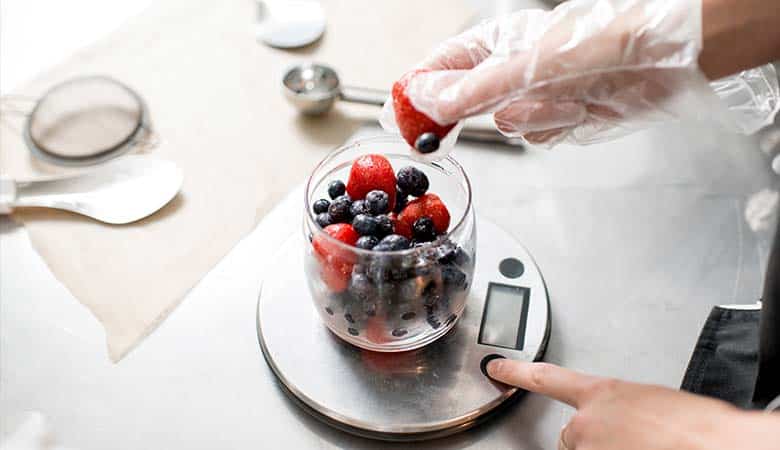
Beyond curiosity about the weight of particular fruits and vegetables, there are some very practical reasons you may want to know this information. These measurements can be very helpful in preparing meals and make it much easier to do calculations if you already have a base for what one unit of each weighs.
There are three steps at which understanding weights of fruits and vegetables is important:
- Shopping: When you are grocery shopping, produce is often priced by the pound (or kilogram) because they vary in size and appearance. If you have a general idea of how much a typical fruit or vegetable weights, it may be easier to determine how much you will want to grab or spend on each item.
- Cooking: Recipes may call for a specific measurement of a fruit or vegetable in weight. Knowing how much a fruit weighs can help you to determine how many you will need for that recipe. Keep in mind that if you are using something that cannot be entirely used (skins, rinds, etc.), you will need to buy a little extra to account for this.
- Eating: You may be on a diet or eating plan that calls for certain serving sizes.
Many people take advantage of food scales and will weigh their food before eating. If you fall into this category, knowing how much an average piece of fruit or vegetable weighs can be beneficial to stick to your food plan.
Knowing the weights of fruits and vegetables can help you manage all steps in the buying and eating process. Fruits and vegetables make for healthy alternatives to other processed foods, but weighing them can still help you maintain a well-balanced diet. Anything in excess can be unhealthy and using the weights to help you find that balance is a great tool.

